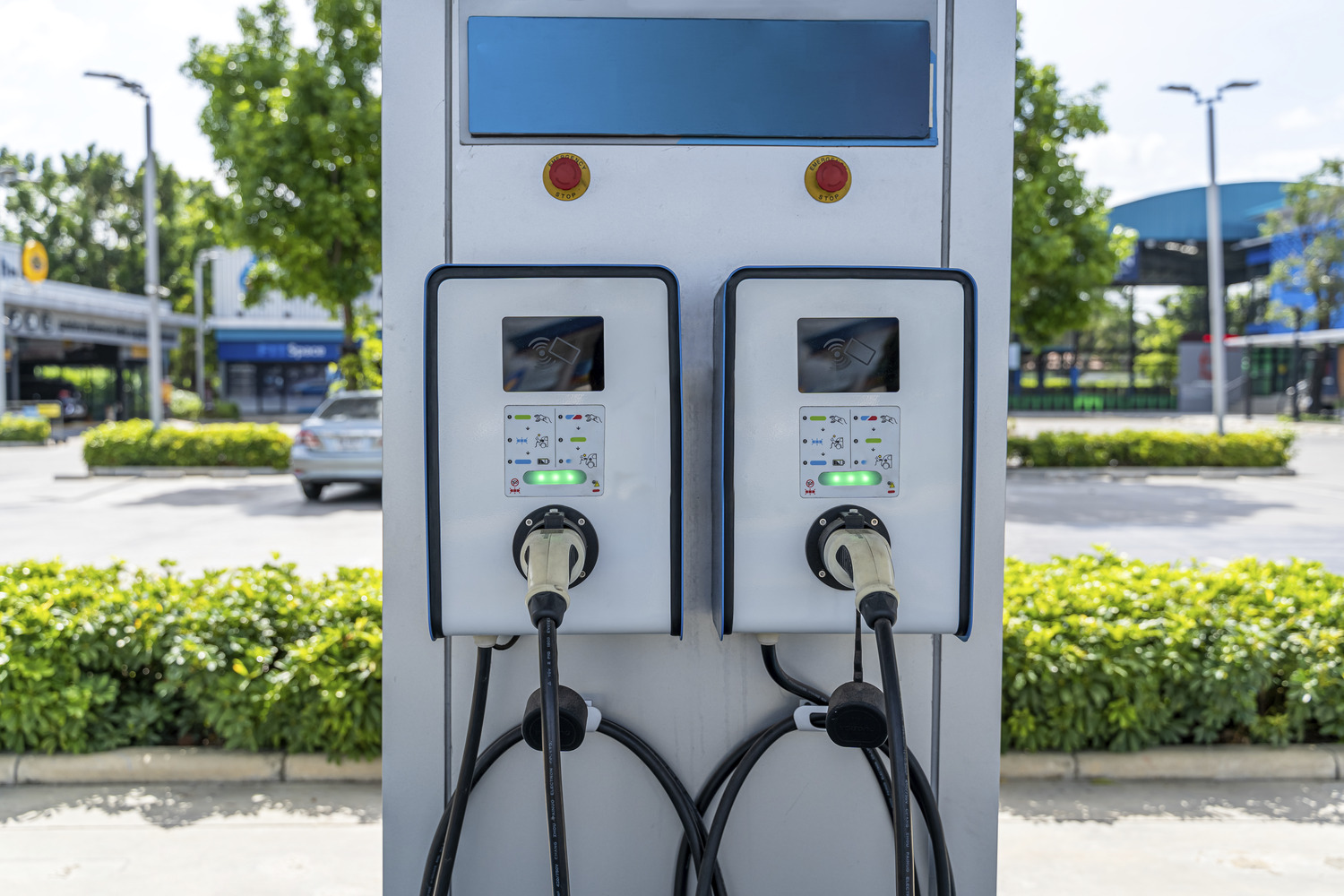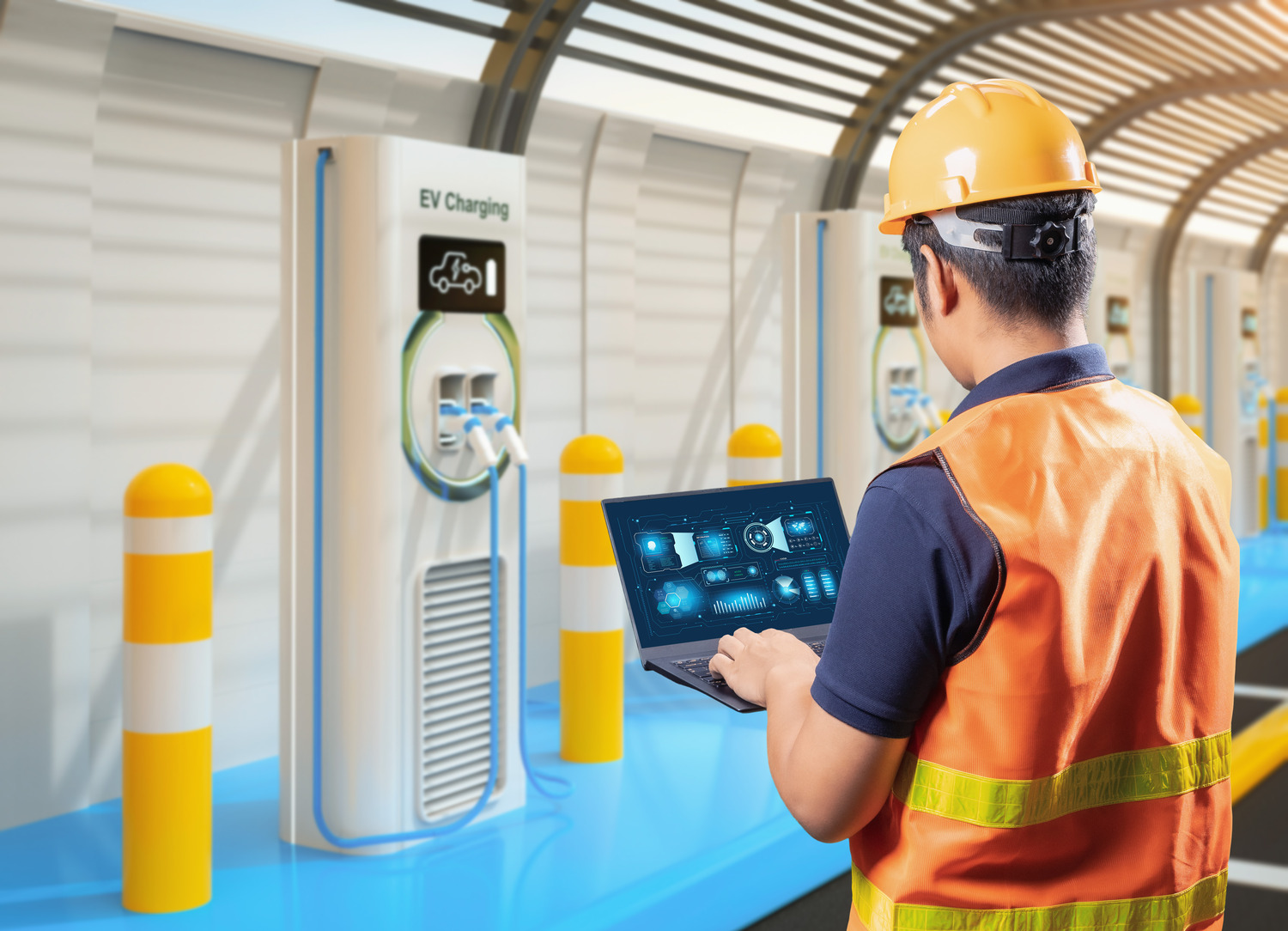Share This Story
As the world transitions toward cleaner and more sustainable transportation options, K-12 school districts are faced with the critical task of electrifying their bus fleets. However, this endeavor is far from a one-size-fits-all solution.
Each district has unique needs, challenges and opportunities. For instance, some districts located in more rural areas face different challenges than those in urban centers such as longer bus routes or limited charging infrastructure. Similarly, the size and demographics of a district’s student population vary significantly, with larger districts often needing to manage a more complex network of routes compared to smaller districts. Financial resources also differ from district to district, prompting the need for more creative, cost-effective transitioning solutions.
Acknowledging the diverse landscape of K-12 school systems, it becomes clear that a tailored approach is the only way forward.
Why Effective Planning Matters
Converting to electric buses is not merely about swapping out diesel engines for electric motors. It involves a holistic strategy that considers everything from energy efficiency and environmental impact to safety, reliability and financial considerations.
Working alongside districts, our K-12 team planning goals address each client’s specific requirements, whether it’s optimizing routes, minimizing charging infrastructure costs, maximizing energy savings, or all of the above. The lasting impact of a well-thought-out plan is the ability to make informed decisions that ensure smooth operations.

Choosing the Right Procurement Model
CPL stands ready to guide K-12 school districts through the electrification process. This includes conducting a thorough assessment to help us identify and procure funding tailored to each district’s needs.
There are several procurement models available to districts, each with its own benefits and considerations.
- Outright Purchase
Traditional Acquisition and Capital Projects: Districts directly purchase electric buses through public votes and referendums. This model provides ownership and control but requires upfront capital. - Leasing or Financing
Operating Lease: Districts lease buses for a fixed term, paying regular installments. At the end of the lease, they can choose to buy the buses or return them.
Capital Lease: Similar to an operating lease, but with an option to purchase the buses at the end of the term. - as a Service (aaS) Models
Districts partner with a third party to own and operate the power supply, charging network, and infrastructure. The third-party handles maintenance, and operation of the charge network. This model closely resembles a traditional Power Purchase Agreement (PPA). - Shared Mobility Services
Collaborate with ride-sharing companies or community organizations to share electric buses during non-school hours. This model optimizes utilization.
Exploring Additional Procurement Models
While the above models cover essential approaches, there are a few additional options that stand out as more comprehensive solutions tailored to the needs of school districts.
Energy as a Service (eaas)
Districts partner with a third party to own and operate the power supply, charging network, and infrastructure. The third-party handles maintenance, and operation of the charge network. This model closely resembles a traditional Power Purchase Agreement (PPA).
Charging as a Service (CaaS): Simplifying Charging Infrastructure
CaaS focuses on charging infrastructure, facilitating collaboration between districts and charging service providers who install, maintain and upgrade charging stations. CaaS also offers a pay-as-you-go service, helping districts avoid large upfront costs. Whether it’s fast charging, slow charging, or smart charging, CaaS contracts are always tailored to district needs.
Transportation as a Service (TaaS): On-Demand Transportation Solutions
TaaS considers the entire transportation ecosystem. It goes beyond buses and integrates various modes of transport, optimizing routes and enhancing student mobility. TaaS offers comprehensive services, including fleet management, maintenance, and data analytics, giving districts the benefit of seamless operations without managing multiple vendors.

Kick Starting the Electric Bus Journey
As K-12 school districts embark on their electric bus journey, the road ahead is both exciting and challenging. The path to sustainable transportation is paved with flexibility, innovation, and a commitment to our students’ well-being.
Remember, there is no one-size-fits-all solution. Each district’s electrification strategy must align with its unique circumstances and the key lies in informed decision-making.
Click here to learn more about CPL’s full suite of Energy Services >
